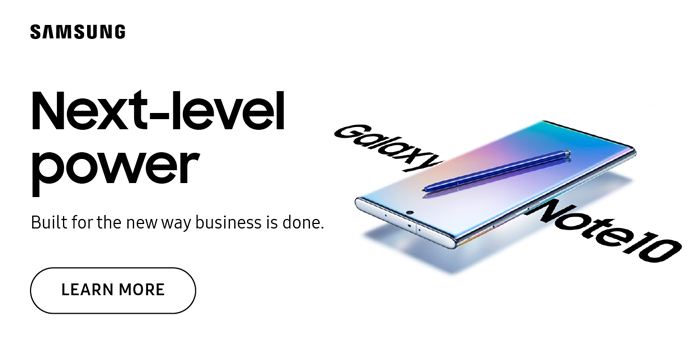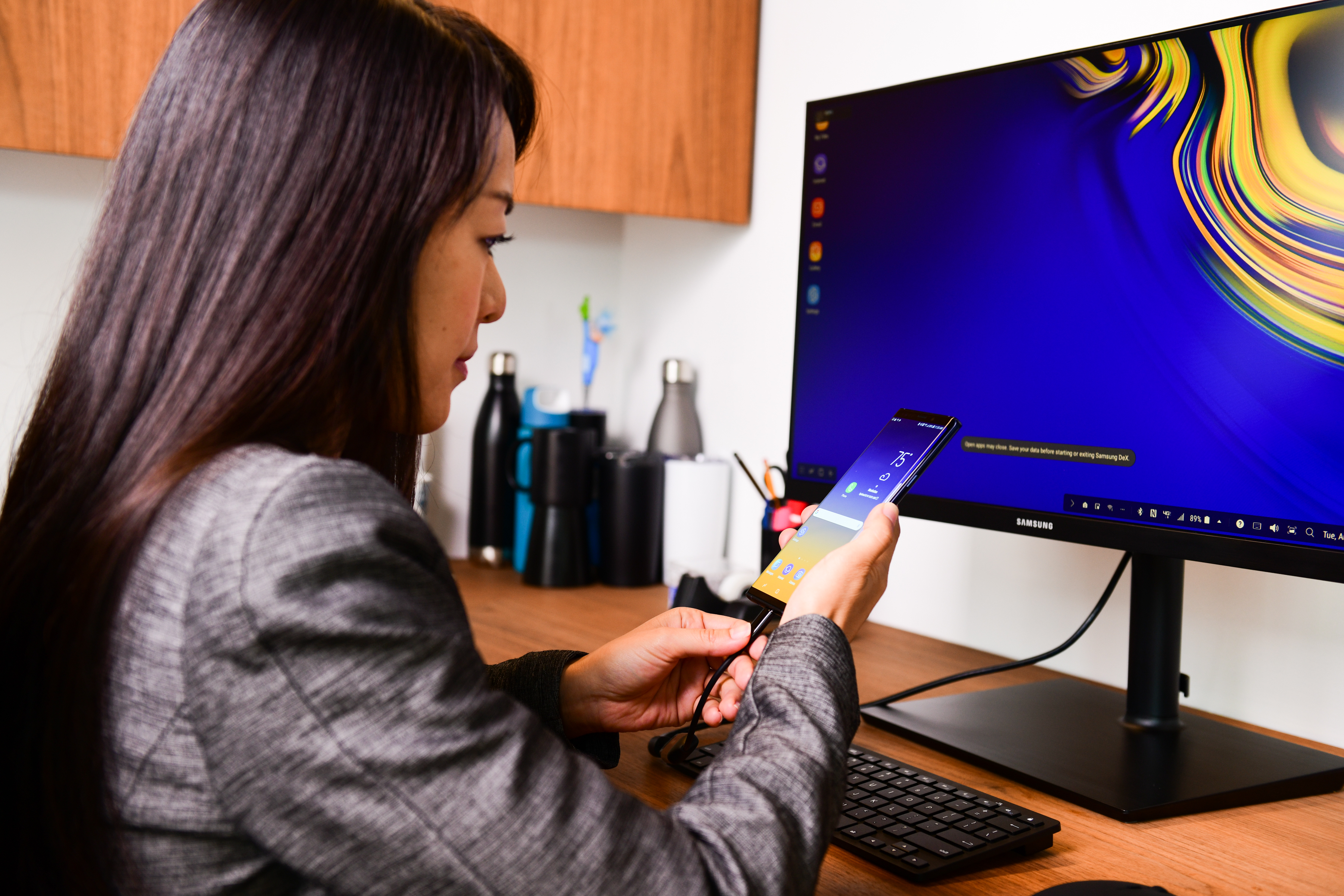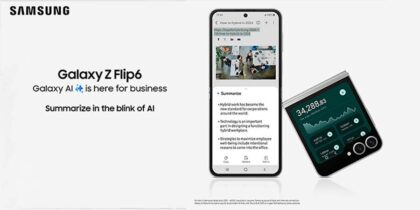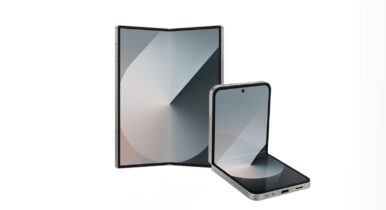Go to a business conference — it doesn’t really matter which one — and chances are you’ll find at least a few well-dressed people squatting or sitting on the floor of the convention center, their smartphone plugged into the wall in an act of pure desperation.
The same thing often happens for remote workers who look for that one table in the coffee shop sitting next to an outlet, or the executive forced to take an unnecessary trip to a nearby shopping mall so she can pop her smartphone into a free charging station for a few minutes.
This is the unspoken source of anxiety that everyone who enjoys the power of mobile computing to get closer to customers and boost productivity doesn’t like to admit: from the moment you first pick it up every day, the clock on your smartphone’s battery life is ticking.
In the worst-case scenarios, you might find yourself having to travel back to your office after your smartphone dies, leaving an important business email or task unfinished. Or you have to admit to a customer you’ll need to follow up on the conversation later, because your phone’s battery is nearly dead.
Your smartphone battery shouldn’t be the equivalent of a coworker who gets exhausted before all the work you have to do as a team is complete.
A Balancing Act
Making a device that is beautiful as well as powerful is a difficult balancing act that many manufacturers struggle with. How do you create a thin, sleek smartphone with a bright, high resolution screen and powerful processor, and fit a battery into it that doesn’t make the whole thing feel like the “bricks” of the past? While R&D departments around the world work on the next innovation in battery technology, current designers still struggle to fit lithium ion batteries, which can only provide so much power, into an aesthetically pleasing package.
With its latest smartphones like the Galaxy Note10 and Note10+, Samsung has confronted this challenge from several angles. From the industrial design and advanced hardware components to intelligent power management tools, everything is geared to support greater battery life while still delivering performance and innovative productivity features.
What Determines Battery Life?
Batteries are typically rated in milliampere hours (mAh), which measures how long a battery will last before it needs to be recharged. The most obvious way to improve battery life is by taking a “bigger is better” approach. The Note10+, for example, boasts a 4,300mAh battery, compared to 4,000mAh in the Note9. That’s a 7.5 percent jump.
Go Mobile-Only With DeX
Your comprehensive guide to rolling out a mobile-only solution for your workers. Download Now
There are other ways to make batteries last longer, however. The Note10, for example, includes an Octacore application processor leveraging 7nm lithography, versus 10nm in the Note9. That not only translates into a CPU and GPU that runs faster — the smaller lithography is also more energy-efficient.
The other core component impacting battery life is the display. Here, Samsung’s use of Dynamic AMOLED technology delivers not just incredible resolution and a brighter screen for outdoor viewing, but signicantly lower power consumption compared to LCD or earlier AMOLED displays.
Intelligent Power Management
We’ve all gotten used to intelligent assistants and applications that adapt to our needs. In some respects, though, managing the power we need to keep our devices working is just as critical as many of the other tasks we’ve automated.
A case in point is the Note10’s intelligent power management capabilities, which use an algorithm to optimize battery usage by analyzing the way you work. In addition to standard power saving modes that can be set manually by the user, the Note10 offers an adaptive power-saving option. You may, for example, leave your device relatively idle in the morning while attending staff meetings, but need peak periods of juice for time spent multitasking in the afternoon. With adaptive power saving, your Note10 will automatically minimize power-guzzling apps and features when you don’t need them, while boosting screen brightness and processor performance when it’s required.
Worried about waking up in the morning to find your battery dead? Set a Bixby Routine to detect when you forget to place your phone on the charger at night and preserve valuable battery life for the day ahead.
Super Fast Charging
Even with all of these power-saving smarts, at some point you are going to need a top-up. Having to wait for hours while your phone charges represents wasted time that could have been better spent serving customers and helping coworkers.
To enable faster charging, the Note10 supports the USB Power Delivery standard. Both the Note10 and the Note10+ come with a 25W Super-Fast Charger in the box, delivering up to 3 amps to give your phone a much faster charge than stardard 1 amp or 700mA chargers. For Note10+ users, there is also the option of purchasing a 45W charger for an even faster power-up.
Successful businesses are always keeping an eye on the numbers, but for mobile workers, one of the most important numbers is the percentage of battery life they have left on their device. The Note10 is all about spending more time doing more. In other words, it’s a smartphone built for the new way you work. More power to you!
Learn more about next-level Galaxy Note10, and take advantage of our special business offers on the latest devices. Or get a free guide to rolling out a mobile-only solution for your workers using Samsung DeX.









